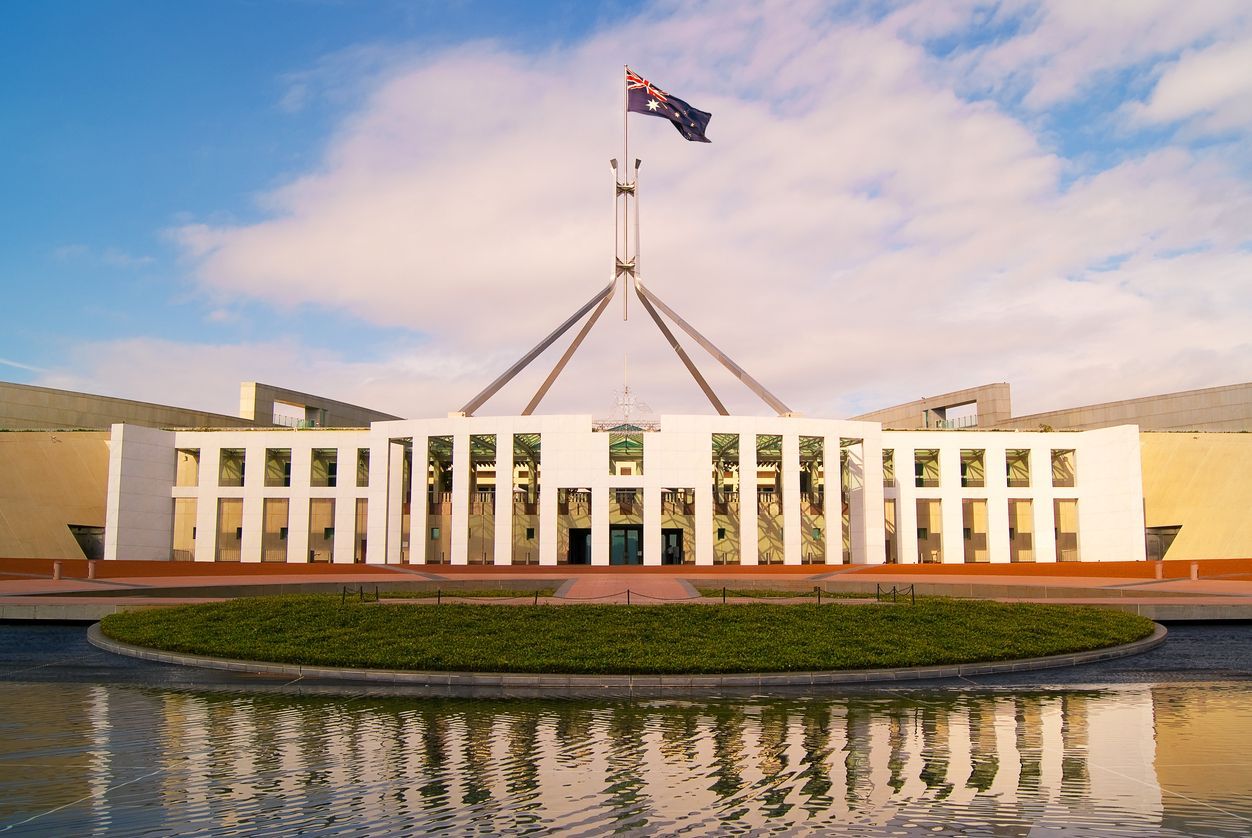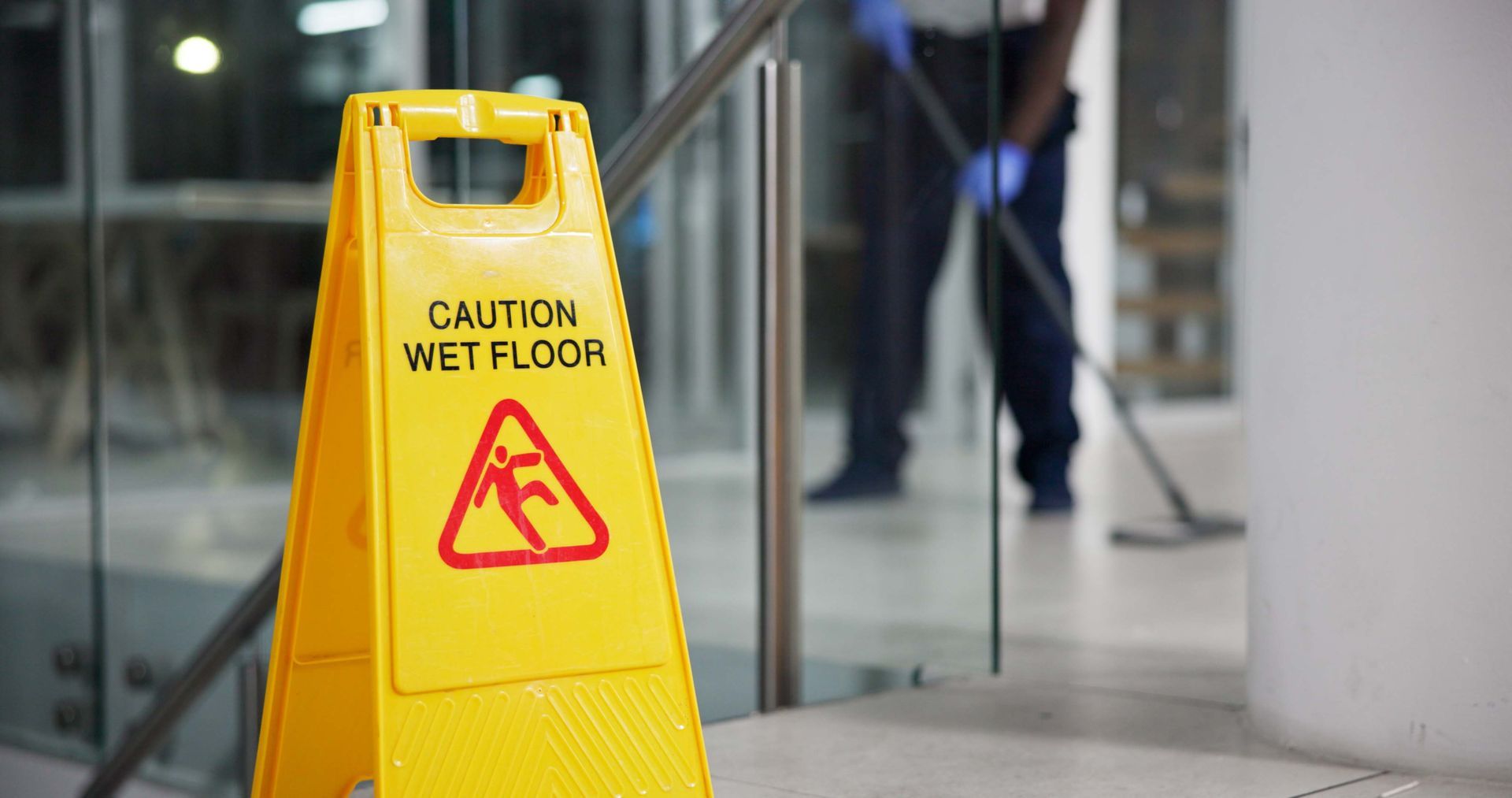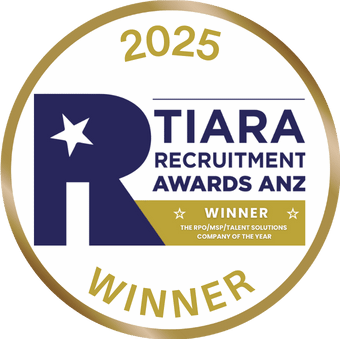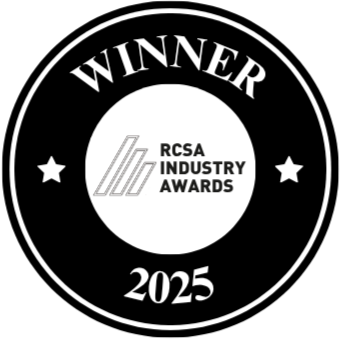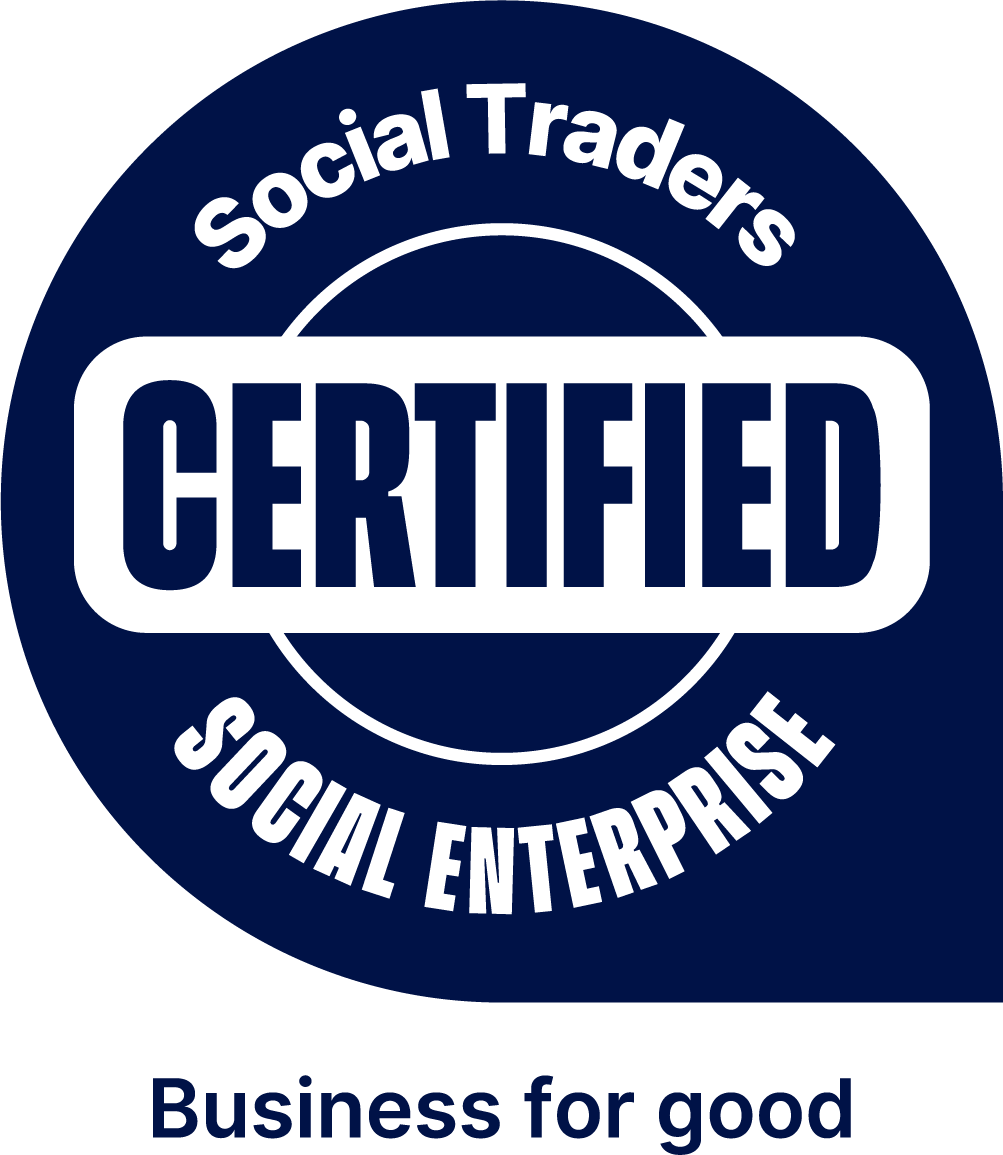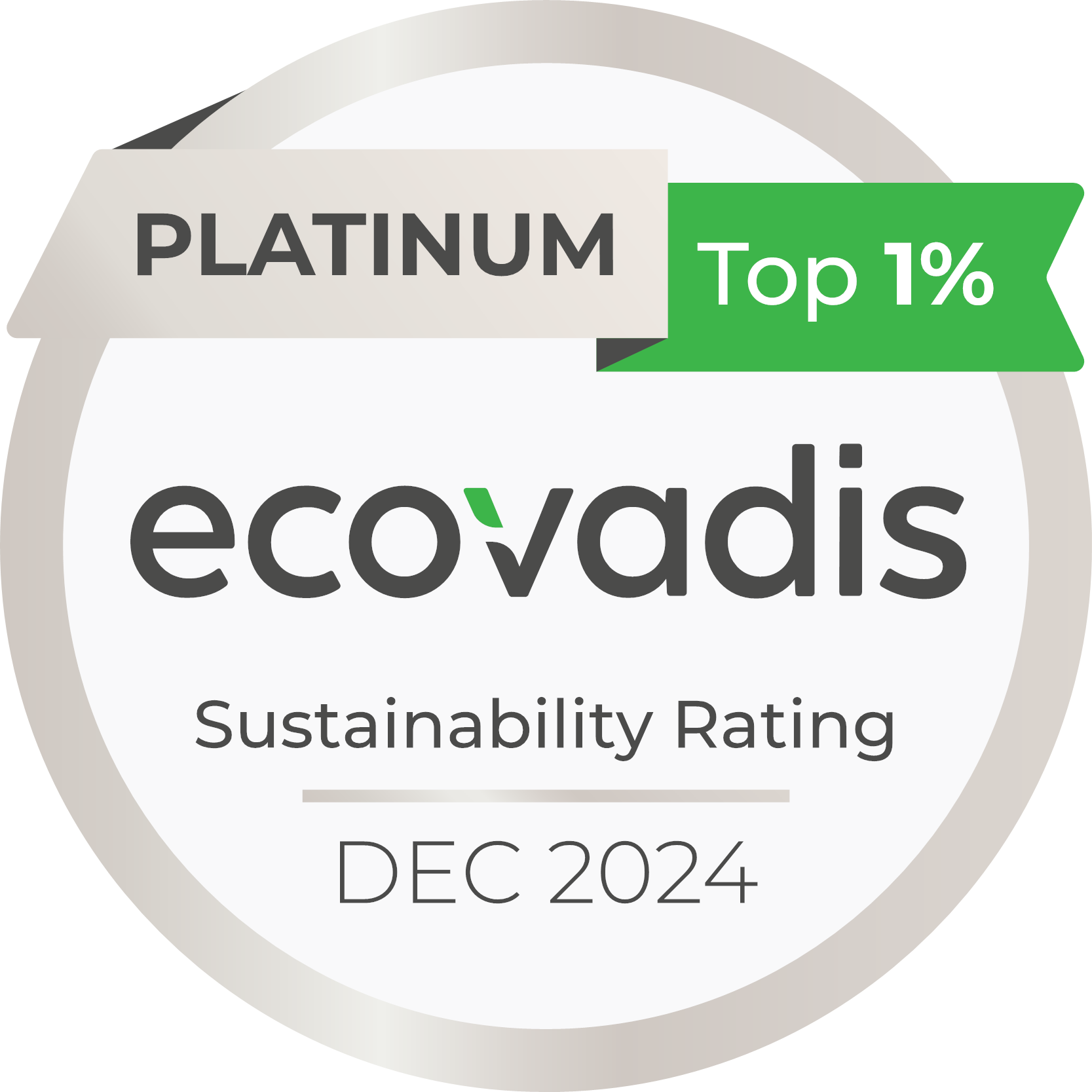All successful business and HR leaders acknowledge that people are their organisation’s greatest assets – after all, a company’s worth is determined by its’ ability to produce results and drive growth. The key to having sustainable YoY performance lies in your leadership’s ability to keep their employees happy, engaged, and motivated – this is the holy grail of every capable HR leader.
The stakes in today’s talent war have never been higher, and the savvy HR business partner appreciates the impact of turnover on business productivity and performance. Research by PwC on employee turnover identified Australia as last amongst 11 developed countries at 23% for staff turnover within 12 months. There’s a lot of room for improvement, as the Netherlands topped the chart with just 4% turnover of new hires within 12 months. A quick glance at AHRI’s 2015 Pulse Survey1 on Turnover and Retention reaffirms the case with 16% turnover over 12 months with an increase of 3% since 2012.
If these figures have not captured your attention yet, then these staggering numbers should – the cost of turnover in Australia, according to PwC, is estimated to be $3.8 billion in lost productivity. On top of this, $385 million is also lost in avoidable recruitment costs. AHRI’s survey indicates that 59% of HR leaders agree that turnover negatively impacts organisational performance.
To clarify, the components of turnover costs include expenses for in-house hiring, termination administrative, training and induction; as well as lost productivity from other employees filling in for vacant positions, in the early and final stages of employment. From PwC’s rough gauge, each turnover’s cost is anywhere from a departing employee’s annual salary to 2.5 times its equivalent. Hiring the wrong people is a costly, and potentially fatal mistake for your organisation.
The Challenge
So where has HR gone wrong? The HR space has never been more competitive – if you look at the various awards going out to the HR community, there are always emerging leaders and organisations being awarded for their innovative work in developing, engaging, and rewarding employees. At the recent Learning@Work conference, it was reinforced that many organisations have invested heavily into intuitive, technology-based and highly personalised learning.
Therefore, in a highly competitive talent space warring for talents, it’s less about what went wrong or what HR professionals didn’t do, but more about what they need to do to gain the marginal advantage to secure, develop, and retain the right and best talent for their organisations.
When we look deeper into AHRI’s Pulse Survey, good relationship with employees and job satisfaction are the top 2 drivers of employee retention with 44% and 35% respectively. And yet, the survey points that training and development has remained the key approach in encouraging retention with 61% subscription by respondents follow by flexible work options at 51%. The strategies that have a higher correlation to employee relationship and job satisfaction such as employee opinion, career progression, effective leadership, and recruitment are less utilised with comparatively lower uptakes from 30% to 38%.
The opportunity
Herein lays the $3.8 billion opportunity for employee retention. It’s not just about how much more money we should pump into learning and development, which has always been the convenient approach for organisations; HR now needs to explore new ways to stay relevant, be competitive, and find new ways to create value to the business. The questions HR professionals should now be exploring further are:
- How can we increase the success rate of hiring the right fit talent with higher retention odds for the organisation?
- How can we better understand and tap into the drivers and motivators of our best performers and key talents?
- What can we do to provide our employees personalised and holistic development solutions that go beyond the limitations of conventional L&D?
- How can leaders do better through coaching, nurturing, recognising and building positive, progressive and productive cultures within their organisations?






